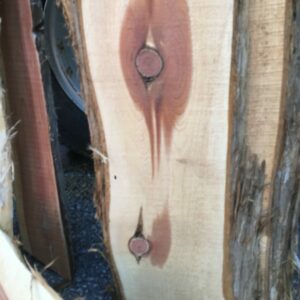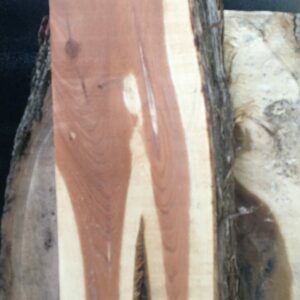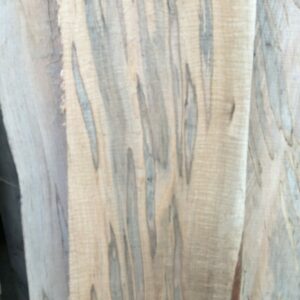I’m working with a local artist to develop an idea I’ve had over the last year. Have you ever seen what’s known as a photo collage? It’s where hundreds of small pictures are put together, side by side in rows and columns so that they make a larger picture when viewed as a whole. Those photos are always made by software. We’ll I’m trying to do basically the same thing except with small wood blocks. The idea is that I’m to make a lot of different small wood squares, I’ll say instead of blocks, and the artist puts them together to make a larger picture. The smaller the block the higher resolution the final image will be, just like the pixels on your tv. So, with all this in mind, my goal is to find wood with unique color patterns. After thinking on it for a long time I’m sure just regularly grained wood would be suitable for this new process, and so I’ve just been sitting on this idea for a minute, until I went to the lumber yard for the first time after having this idea and found cedar! As it turns out cedar can have very unusual color patterns when it’s milled down as compared to other wood species. So now my idea is a little more developed, thank heavens. So now I’ve got a couple questions.
I see now how finding wood species with a sharp contrast in color between the sap and hardwoods would work well in my process. Is there any other species out there that has such sharp contrast between the sap and heart wood like cedar? Walnut, maybe, is the only other that comes to mind.
Second question…how many ways are there to change the color of cedar. Staining, applying aging solutions are the only two ways I know of, and have very little experience with either, so I don’t know what products are out there. So the idea is I want to be able to produce as many variations of color using cedar as possible.
What ways are there to color cedar that I haven’t thought of yet?
Many thanks!


















Replies
Most woods change color over time through either oxidation or UV exposure. Light woods get darker in tone, dark woods get lighter. Most go gray if unfinished AND UV'd. If you build it depending on the wood species' colors you may have it change quite a bit over time.
If I were thinking of trying this I would start with an image, pixelate it, and break down how many tone/colors I needed. Test on a computer at low rez and work your way up. Lightfast dyes on medium-hard wood of a bright uniform tone is what I'd test first. (bleached?) Scale models like a scrabble board would be useful.